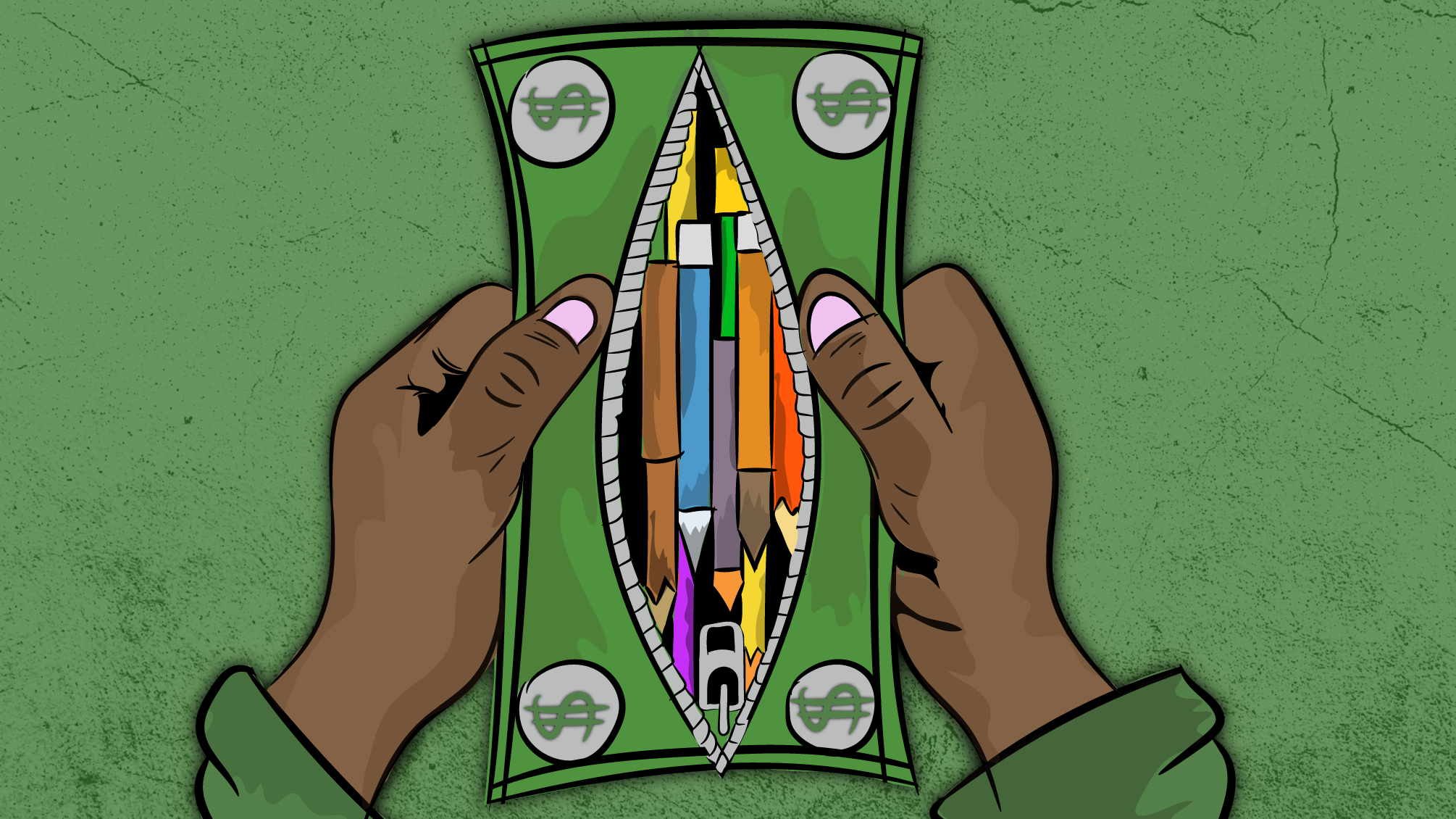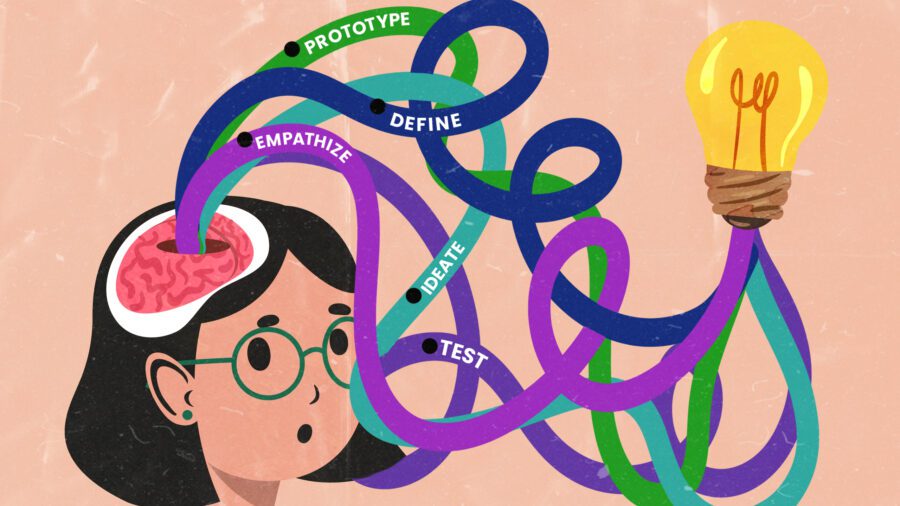
An Artist’s Guide to Turning Your Creative Passion into a Full-Time Living
Would you like to turn your creative passion into a full-time career with a stable income?
This may sound too good to be true, but countless artists turn their creative side hustles into stable careers every year. Why not you?
In this article, we take a deep dive into getting started with making a living out of your creative medium, including overcoming feelings of doubt, networking, building a stable income, and growing as a creative entrepreneur through consistency.
How Can I Overcome Doubt in Living My Dream as an Artist?
Doubt is one of the biggest challenges artists face when getting started with their creative careers.
It’s easy to doubt yourself and your talents, but this can negatively impact your goals.
Believing in yourself is a critical part of making your creative dreams a reality, and if you set limits on yourself and your goals as an artist, you’re restricting your full potential.
Don’t be afraid to dream big in your journey. Acclaimed director James Cameron once stated, “If you set your goals ridiculously high and it’s a failure, you will fail above everyone else’s success.” When you create incredibly ambitious goals, you won’t always achieve them, but striving toward immense creative success can only help you on your journey to making your artistic endeavors your full-time career.
Another critical part of overcoming doubt is letting go of self-imposed perfectionism. If you’re always concerned about making something perfect, you’ll never get anything done, and it’s often the imperfections of an artistic endeavor that make it all the more beautiful.
The problem with perfectionism is certainly not new. Eighteenth-century writer and philosopher Voltaire once wrote, “Perfect is the enemy of good,” referring to the fact that aiming for perfectionism actually hinders our progress rather than helps it. Today, people often reference medical intuitive healer Catherine Carrigan’s spin on the original Voltaire quote. She stated, “Perfect is the enemy of done,” which perfectly summarizes the problem with striving for flawless artistic endeavors.
Finally, when starting your artistic career, it’s essential to give up the idea that you lack sufficient talent to be an artist.
When it comes to art, the concept of “talent” is almost entirely subjective. Do you like every song that comes on the Top 100 radio stations? You may think that some of the artists are not talented, but they have certainly created successful careers from their crafts.
If you believe you need more talent to be a successful artist, the way to become more talented is through experience. Natural talent is NOT the most important thing for a successful artist. You need persistence, and you need to learn how to build your brand and network.
Networking Is Invaluable for Artists
If you’ve spent time learning how to grow a business or start a career, you’ve likely heard about the importance of networking. The benefits of networking cannot be understated — who you know can make (or break) your creative career.
Networking is especially vital when you’re getting started because you likely won’t have many opportunities yet. The more people you know and connections you have, the greater the likelihood that you’ll be able to find consistent work that leads to a full-time income.
You can never make too many connections in your industry, and you never know when someone you’ve networked with in the past — a former colleague, friend, acquaintance, or a fan of your work — will become a valuable resource for advancing your creative career.
After you grow a substantial enough network, you’ll likely be able to find reliable work, which may even come from word-of-mouth recommendations.
How Do I Get Started with Networking?
When getting started, you can evaluate any existing connections you may have in your industry. For example, if you’re a musician and your cousin knows an audio engineer, you should reach out to your cousin and try to get the person’s contact information. Don’t be afraid to ask — it’s not the end of the world if your cousin says “no.”
While considering your existing connections, remember that no potential connection is too small. The more people you know, the better. Don’t hesitate to connect with other artists, marketers, publishers, social media influencers, others who work in media, and anyone else who may have industry connections.
You can start building your local connections by attending industry events where you can meet local artists and others involved in your creative field.
Additionally, social media is a great way to start making connections. You can start building bridges with local and non-local creatives and industry professionals by simply interacting with their social posts and befriending them on Facebook, Instagram, TikTok, YouTube, and LinkedIn. The social media platforms you should focus on primarily will depend on your specific industry.
Once you start making more connections, you need to cultivate your professional relationships. Start meeting people for coffee, and communicate regularly with those in your network. If your connections are more established in your industry, you can ask them for advice about growing in your artistic career.
Finally, one of the most important parts of networking is talking about your craft and professional goals to as many people as possible. Even if you just met someone, you never know what connections they may have — you should tell them that you’re an artist looking to make a full-time career out of your passion. You could catch your big break from something as simple as a passing conversation with a stranger.
Join In 200 Million+ On The Journey to Greatness
Transitioning From Your Existing Job to Have a Stable Income in Your Creative Field
Few artists can go straight into making a full-time income through their artistic endeavors. Fortunately, there are ways that you can transition to your creative career without immediately leaving your current employment.
Build a Financial Buffer
One method you can use is building a financial buffer before pursuing your creative career full-time. This requires planning and budgeting, and you need to have the diligence to save enough money to create a sufficient buffer.
If possible, you can tighten your belt and save enough money every month to eventually have enough to pay for your living expenses for an entire year or a shorter period. That way, when you pursue your creative dreams, you don’t have to worry as much about money. If the worst-case scenario happens and you don’t make any money from your art, you’ll still be able to pay for rent and basic necessities.
This method may not be realistic for your specific employment situation — not everyone can afford to save money every month. That being said, write out a budget to see if you can reduce expenses and possibly save money each month. This habit is beneficial for everyone regardless of whether they’re transitioning careers.
Transition Your Work and Maintain a Part-Time Job
If you don’t feel comfortable leaving your current work to pursue your dreams, start trying to transition from your employment to your creative career.
For example, if you work a conventional Monday-to-Friday job, you can try to transition to working only four days a week. You can dedicate an entire workday to your creative passion.
This will enable you to be more financially secure while transitioning careers, and it will also allow you to test whether you even want to make art full-time. Enjoying art as a hobby doesn’t necessarily mean that you’ll find it fulfilling as a full-time career. When you slowly transition your career, you’ll have a clearer picture of what it will be like to work on your creative passion full-time.
Many artists also work part-time jobs, even accomplished artists. There’s nothing wrong with working part-time while developing your network and brand, and you may even find that maintaining a part-time job actually helps you stay organized and creative.
Although you may want to eventually transition entirely from your current work to your creative career, taking the full leap isn’t for everyone. Some people prefer having a more stable income while also making a career out of their art form.
Your transition into making a full-time income will also likely depend on your creative medium. Some artistic endeavors are more lucrative than others and offer a more stable income, making it easier to transition more quickly.
For example, if you’re a wedding photographer, you’ll likely be able to find much more stable work than an oil painter. Oil painters can, of course, eventually make a full-time income from their work, but it’ll likely be more challenging.
One other important note is that you should try to avoid equating creative success with financial success. Creative success isn’t based on how quickly you can exit your current job and earn a full-time income from your art.
Some artists are never able to make a full-time living from their creative endeavors, but that doesn’t mean they aren’t creatively successful. Remember, Vincent van Gogh died in obscurity, and now he’s one of the most influential artists of all time.
How to Make a Living as an Artist: Consistency Is Key
If you eventually want to leave your job entirely for your creative career, you need to get organized, set actionable goals, and, most importantly, stay consistent.
Consistency is critical for making a career out of your art, and it’s necessary regardless of how successful you are with your artistic medium currently. If you’re just starting out trying to turn your creative hobby into a career, you’ll need regular progress in building your network and growing your income as an artist.
When starting out, you’ll likely have many things you need to do in order to make your art into a career such as growing in your artistic skills and learning how to best market what you produce, so focus on making progress one step at a time as consistently as possible.
Try to work on your art every single day. That way, you create a solid habit for consistent progress, and you’ll grow in your craft. You’ll also likely become more efficient in your creative workflow, enabling you to release your content or art more consistently.
Consistency is also critical for growing your supporters or customers, especially if you advertise your craft on social media. Posting regularly is crucial for growing your social media following, enabling you to reach more potential customers or supporters. When you post regularly and connect with others on social media, you’ll also likely become more motivated to continue working and growing in your craft.
In addition to developing consistency and progressing in your craft, you should establish clear and realistic goals for your creative career. Get organized, and create benchmarks for yourself that you can strive toward as you work on your craft consistently.
For example, if you’re an oil painter, you can establish deadlines for large projects and create overarching social media and revenue goals. You might start out small with your goals and strive to make $50 a month through your paintings. As you grow your customer base and social media presence, you can aim to make more revenue each month until it becomes a viable full-time career.
You can consider hiring a coach if you need help getting organized or creating goals. A coach can help you stay focused and consistent with your goals as you strive forward to turn your passion into a career.
Learn More About How to Make Money from Your Passion
Transitioning from your current job to becoming an artist full-time can be intimidating, but the key is to practice persistence and consistency. You’ll likely face rejection and setbacks on your journey to creative greatness, but you shouldn’t give up when it gets hard.
Remember, creativity matters, and regardless of your level of success, your art is still important and can leave a lasting impact on others, even if it’s just friends or family. That being said, you can still continue striving to make a career out of your art form.
If you’re ready to learn more ways to grow your income as an artist and enhance your brand, check out other articles on Greatness.com! You can also visit other sites that have tips for making a living as an artist and transitioning careers, including Artsy.net, Domestika.org, and Careershifters.org.
Cheers to you for making the leap from your existing work to your creative passion! You have the ability to achieve tremendous accomplishments with your art as you strive forward to greatness!
Greatness Authors
Greatness Authors is a collection of writers, thinkers, curiosity experts, and students of the world who are committed to bringing you the most up-to-date, impactful, and inspiring information surrounding Greatness topics.

Redefining Poetry: How Instagram Sensation Rupi Kaur Showed That Poetry Is for Everyone

The Young Professional’s Guide to Advocating for Yourself at Work & Setting Healthy Boundaries

Olympian Yusra Mardini’s Incredible Story of Resilience, Rescue, and Refugee Rights

A Beginner’s Guide to Effortlessly Attracting Money and Growth Opportunities

Psychologist Edith Eger’s Inspirational Journey to Find Forgiveness and What It Means for You










